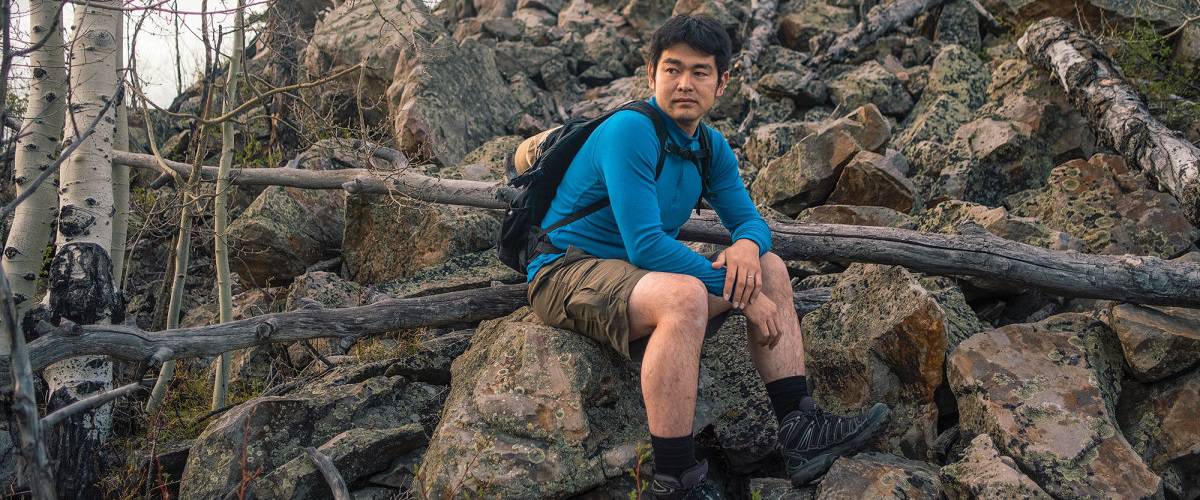We all fantasize about how well we would do if stranded in the wilderness sometimes. While of course, no one wants to have to struggle, its fun to think about. But for 37-year-old Shuei Kato, it happened.
Kato found himself lost and alone in the backcountry of Colorado, struggling to both survive and find his way back to safety for four days. Backpacker.com recently revealed his recount of the experience, and there’s a great deal we can learn from it.
Here are some highlights that could have been prevented, had proper prepping practice taken place.
“But as I started down, I found the windblown snow had filled in my tracks. With the peak as my landmark, the route up had been easy to find. But after sitting and looking every which way for an hour, I might as well have been blindfolded and spun in a circle—I had no idea which way I’d come up.”
This is why it’s important that you do not rely on your own tracks when in rain or snow. It can easily be lost due to the changing weather. If you’re not 100% confident in your sense of direction or familiarity with the area, try alternate track methods. One example is marking branches or bushes with yarn every so often.
“The sun was directly overhead, and I hadn’t packed a compass (I’d figured my phone screenshot of the route would be enough).”
Better safe than sorry. Bring a compass. If you can manage, a map of the area would be good too.
“At dawn, I heard a helicopter. I tied my red jacket to my trekking pole and waved, but the chopper was on the far side of the mountain. After a few hours, I gave up—until it came to my side of the ridge, I was on my own.”
The most reliable way to flag down a helicopter is with reflection. Keep a small pocket mirror on hand to reflect the sun at an aircraft. the bright light will be FAR more noticeable than a makeshift flag. One trick to good aim is to make a V shape with your fingers, and center the aircraft between them, shine the light between your fingers.
“I left the trail and headed up a nearby knoll, hoping I’d find cell service to send a message with the last of my phone battery. After two hours, I got to the top and turned my phone on. I watched the signal bars as it powered up, hope soaring in my chest. Just then, my phone died. My one chance to make a call, and it was over before it started.”
Invest in a portable crank powered phone charger. Or if you can afford it, a satellite phone. Both easily portable and could have made a world of difference.
Ideally, no one would have to go through something like this, but it’s important you be prepared for it, just in case. You can read the full story on Backpacker.

